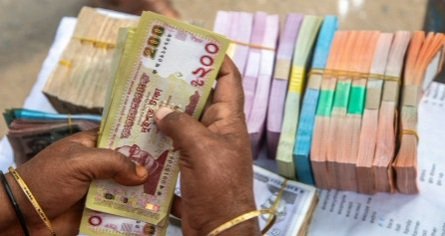About 75pc of laundered money from Bangladesh siphoned through trade misinvoicing : BIBM Study

A staggering 75 percent of money laundered from Bangladesh is siphoned off through misdeclarations in import and export, according to a study of Bangladesh Institute of Bank Management (BIBM).
The findings were presented on Tuesday at a roundtable discussion, held at BIBM Conference Hall. The analysis was based on data from the National Board of Revenue (NBR).
"Simply rules aren't enough to halt money launderers. We need to use our intelligence and heighten our vigilance. Trade often appears normal, but it can conceal covert schemes,” said Nurul Nahar, Deputy Governor of Bangladesh Bank, and the chief guest at the event.
Other speakers at the event included BIBM Professor Faruq M. Ahmed, Director General Abdul Hakim, faculty member Ali Hossain, Bangladesh Bank Director AKM Rezaul Karim, and BFIU Director Mostakur Rahman.
The research paper highlights that the Customs Intelligence and Investigation Directorate has identified 95 money laundering incidents since 2015. All of these cases were conducted through trade channels, amounting to a financial value of Tk 3,201 crore.
Ahsan Habib, a BIBM faculty member, presented the keynote paper. He stated, "Criminals primarily use trade channels because it allows for the transfer of vast sums of money."
The study incorporated data from questionnaires answered by officials from 37 banks.
Habib further revealed that an average of $8.27 billion was laundered annually between 2009 and 2018, which is equivalent to 2 percent of the GDP.
According to 2024 data from Global Financial Integrity (GFI), this figure escalated to an average of $16 billion annually between 2009 and 2023, representing 3.4 percent of the GDP. The primary sectors involved in this laundering are textiles, consumer goods, and fuel imports.
The study identified weak safeguards in trade finance as a major contributing factor to this illicit outflow. Although 100 percent of banks possess their own transaction databases, only 50 percent of them utilize databases for verifying import-export values.



